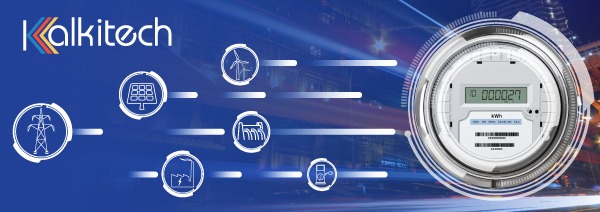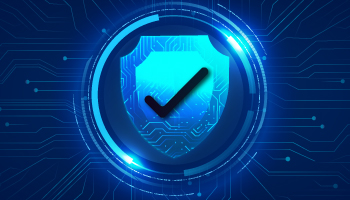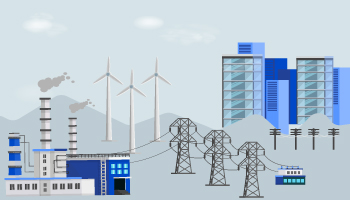How Smart Meters can help utilities with managing EV proliferation
Shwetha Bhat October 30, 2024

Shwetha Bhat October 30, 2024

With many countries pursuing their carbon neutral goals, policies are framed to boost the usage of Electric Vehicles. This may give some tough times for power utilities in terms of increased capacity requirements and unpredictability of the loads connected in their distribution network.
Some of these challenges faced by utilities can be addressed well without major hardware changes or capacity upgrades. Smart energy meters, which are already existing, can be utilized to act as an intermediary or messenger with some intelligence, between the grid operator and EV charging station.
For example, when a utility is facing a surge in the overall demand it can reduce the max power limit setting in the meter or when facing a dip in the overall demand it can increase the max power limit setting in the meter.
Similarly, day ahead tariff plans can also be conveyed to EV charging systems via the smart meter. This can benefit not only the utility in managing its grid operations better but can also benefit EV charging systems in terms of helping them to decide when it should ramp up the charging or slow down and to optimize the energy bills for their consumers.

June 12, 2025
The DLMS Server SCL has been enhanced with several feature additions aimed at empowering meter manufacturers and OEMs with new capabilities, improved interoperability, and enhanced security. The following are the key customer benefits as well as the significance of these additions: Key Customer Benefits…
Know More
April 10, 2025
We are proud to announce that Kalkitech's Kalki.io platform has successfully completed the System and Organization Controls (SOC) 2 Type II examination. This significant achievement highlights our deep commitment to…
Know More
April 9, 2025
Residential Use Cases: Smart Homes: Homeowners can use IEEE 2030.5 to integrate smart home systems such as solar panels, smart meters, and electric vehicle chargers. This allows for dynamic energy…
Know More